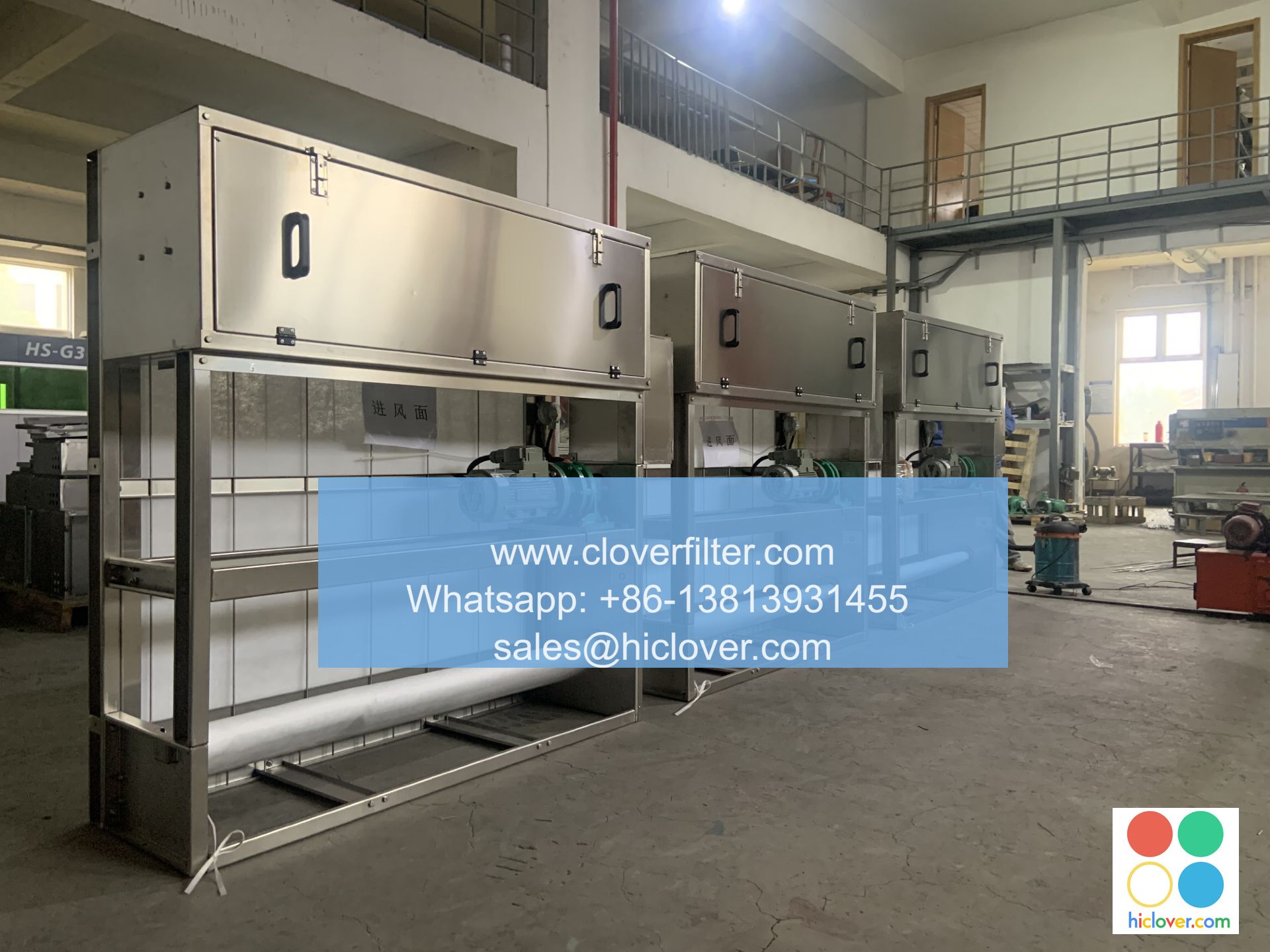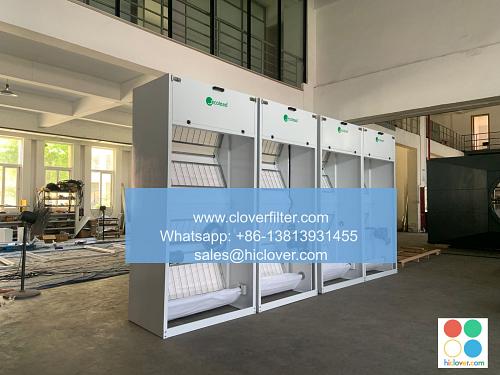The Benefits of Using Air Filters with Built-in Sensors

As concern about indoor air quality and energy efficiency continues to grow, the development of air filters with built-in sensors has emerged as a game-changer in the HVAC industry. These innovative air filtration systems, equipped with advanced sensor technologies and Internet of Things (IoT) connectivity, offer a range of benefits that enhance indoor air quality, reduce energy consumption, and improve overall system performance. In this article, we will delve into the advantages of using air filters with built-in sensors, exploring their applications in residential, commercial, and industrial settings.
Improved Indoor Air Quality (IAQ) and Reduced Air Pollution
Air filters with built-in sensors are designed to monitor and control indoor air quality in real-time, detecting pollutants, particulate matter, and volatile organic compounds (VOCs). By integrating advanced filtration technologies, such as HEPA filters and activated carbon filters, these systems can capture and remove 99.97% of particles as small as 0.3 microns, including dust, pollen, mold, and bacteria. This results in a significant reduction in air pollution and improved indoor air quality, creating a healthier environment for occupants.
Energy Efficiency and Cost Savings
Air filters with built-in sensors can also contribute to energy efficiency and cost savings by optimizing system performance and reducing energy consumption. By monitoring airflow, temperature, and humidity levels, these systems can adjust fan speeds and airflow rates to minimize energy waste and maintain optimal system performance. Additionally, real-time monitoring and data analytics enable building owners and facility managers to identify areas of inefficiency and implement targeted improvements, leading to reduced energy bills and lower operating costs.
Applications in Residential, Commercial, and Industrial Settings
The benefits of air filters with built-in sensors are not limited to a specific industry or application area. These systems can be used in a variety of settings, including:
* Residential buildings: Improving indoor air quality and energy efficiency in homes, apartments, and condominiums.
* Commercial buildings: Enhancing indoor air quality and reducing energy consumption in offices, retail spaces, and restaurants.
* Industrial settings: Optimizing air quality and system performance in manufacturing facilities, warehouses, and data centers.
* Healthcare facilities: Providing a high level of air quality and infection control in hospitals, clinics, and nursing homes.
* Education institutions: Improving indoor air quality and creating a healthy learning environment in schools and universities.
Conclusion
In conclusion, air filters with built-in sensors offer a range of benefits that enhance indoor air quality, reduce energy consumption, and improve overall system performance. By leveraging advanced sensor technologies and IoT connectivity, these systems can be applied in various settings, from residential to industrial, to create healthier, more sustainable, and more energy-efficient environments. As the demand for clean air and energy efficiency continues to grow, the use of air filters with built-in sensors is poised to become an essential component of modern HVAC systems. It seems like you didn’t include a prompt. Could you please provide more details or specify what you would like to talk about? I’m here to help with any questions or topics you’re interested in.

